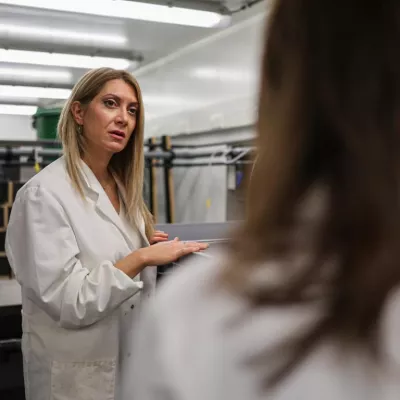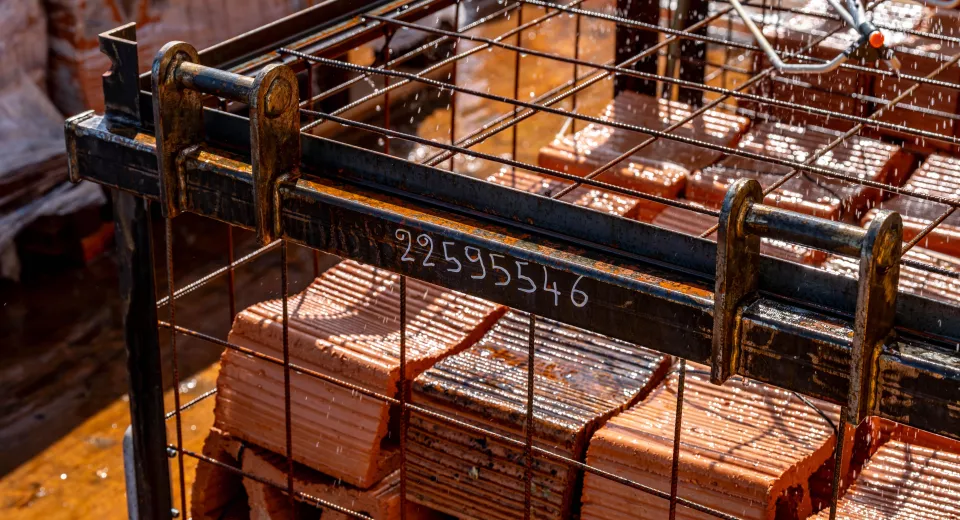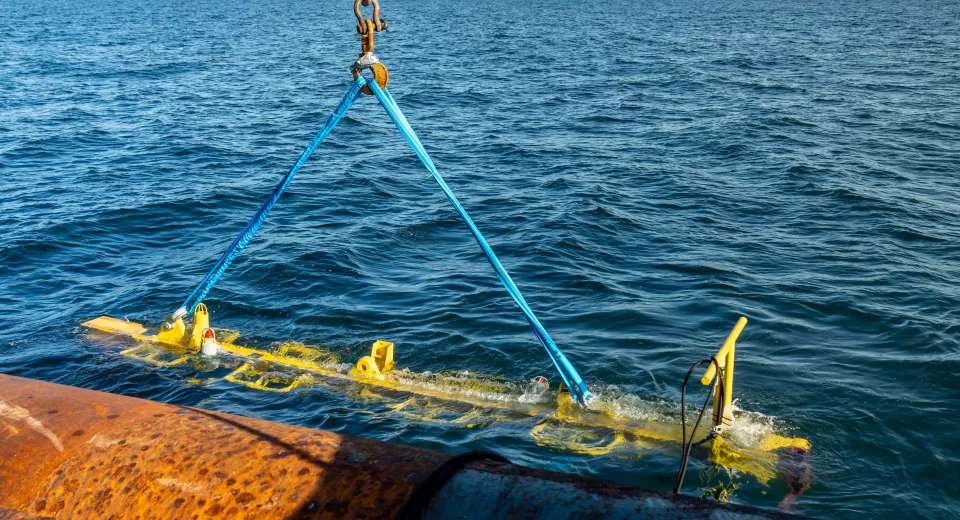Nature restoration in the Belgian North Sea: plenty of young oysters released
About 30 kilometers off the Belgian coast, the partners in the BELREEFS project installed 200,000 young oysters on the seabed. Commissioned by the Marine Environment Division of the Federal Public Service Health, BELREEFS aims to restore the once-abundant oyster reefs in the Belgian North Sea.
These reefs provide a vital habitat for many marine species, helping to strengthen biodiversity. The project is part of broader efforts by the Belgian government to address the poor condition of the marine environment by actively investing in nature restoration.
Added value
Before 1900, native European flat oyster beds (Ostrea edulis) were widespread in the North Sea. Due to overfishing and human activity on the seabed, they have almost completely disappeared. A persistent parasite wiped out the remaining populations in the 20th century.
Yet these are highly valuable habitats. Flat oysters are often called ecosystem engineers because they form reefs that provide shelter and food for many other species. In doing so, they support various fish species and help boost biodiversity.
They also offer a range of other ecosystem services. They purify the water and capture excess nitrogen. Closer to shore, they help stabilize the seabed, making us more resilient to the effects of climate change.
The North Sea is not only an important economic engine, but also a rich and unique natural environment that we must protect with great care. Through this collaboration between government, science, and industry, we are taking an important step toward nature restoration. Releasing young oysters into our sea is more than symbolic — it is an investment in biodiversity and climate resilience. With projects like BELREEFS, we are actively working toward our ambition: restoring at least 20% of the North Sea to a healthy ecological state by 2030.

Annelies Verlinden
Installation and monitoring
After more than a year of preparation, the oysters were deployed from an installation vessel, attached to what is known as reef substrate. The project team studied various biodegradable materials that could serve as reef substrate and ultimately chose baked clay tiles.
Oyster larvae were seeded onto these tiles and cultivated for several weeks. Part of this process took place at a hatchery in the Netherlands, but in Ostend the team is also developing techniques to do this locally, close to the vessel’s departure point.
The oysters were installed on a gravel bed 30 kilometers off the coast, near the legally protected shipwreck Kilmore, at a depth of 30 meters. The project team carefully selected this location, mapping out areas with the most suitable seabed and environmental conditions to maximize survival chances.
Natural protection against damage and currents, as well as optimal conditions for deployment, were also key factors. In consultation with the fisheries sector, through the Redercentrale, they identified the most appropriate site for the reef.
Following the installation, an intensive monitoring program will track the development of the reef and its impact on biodiversity. This monitoring will assess the ecological effects and provide crucial insights for evidence-based management of the restoration area, as well as for the future upscaling of such efforts.
Nature Restoration Law
The BELREEFS restoration project is one of the federal measures resulting from European directives to improve the environmental condition of our sea. The project is supported by the LIFE project Belgium for Biodiversity, which aims to strengthen biodiversity in Belgium.
With the new European Nature Restoration Regulation, member states are required to develop a nature restoration plan outlining how damaged nature — including in the sea — can be restored. The restoration of oyster beds is one of Belgium’s priorities for marine nature restoration. We expect that over thirty thousand oyster larvae will grow into adult oysters. The survivors will reproduce, expand the reef, and attract other marine species. This will create a self-sustaining ecosystem that requires no further human intervention.

Merel Oeyen
Unique know-how
The knowledge and techniques developed within the BELREEFS project have broader applications for active nature restoration, such as in Natura 2000 areas and in nature-inclusive design of offshore energy infrastructure. Companies like Jan De Nul can apply this approach in the construction of wind farms and subsea cables.
In our various marine construction projects, we often work with rocks, gravel, and other hard materials. Among other things, we protect the foundations of wind turbines or subsea cables against currents, waves, anchors, and fishing nets. We continuously seek new and efficient ways to integrate nature restoration into our core activities. With BELREEFS, we are laying the groundwork for large-scale restoration of oyster reefs in the North Sea and beyond. We are also advancing this through projects like Princess Elisabeth Island and Reefcovery, which focus on upscaling active oyster reef restoration and integrating oysters into marine infrastructure.

Vicky Stratigaki
The oysters were cultivated in collaboration with the Dutch organisations Stichting Zeeschelp and Oyster Heaven (Mother Reef). The project involved close cooperation with NORA experts and followed the guidelines of the Native Oyster Restoration Alliance, an international organisation. This approach ensures the use of the best available knowledge, advanced technologies, and leading expertise.
Disclaimer
This news item is largely based on a Dutch press release by Jan De Nul dated 22 July 2025.
Background
BELREEFS is a collaboration between Jan De Nul, the Royal Belgian Institute of Natural Sciences, Shells & Valves, and Mantis Consulting, carried out on behalf of the Federal Public Service Health, Food Chain Safety and Environment as part of the LIFE B4B project.
Although Blue Cluster is not a direct partner in this project, we are proud that several of our members and partners actively contribute to its implementation.






